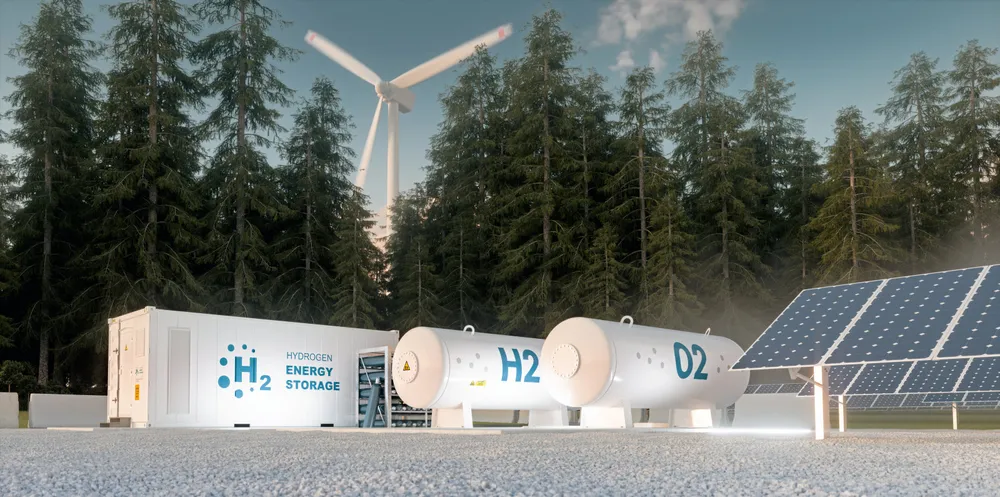'By 2030, blue hydrogen will make little economic sense' versus green: BNEF
Latest sector report from researcher forecasts renewables-fuelled H2 will undercut fossils-powered varieties and be cheaper than natural gas by mid-century

Latest sector report from researcher forecasts renewables-fuelled H2 will undercut fossils-powered varieties and be cheaper than natural gas by mid-century
